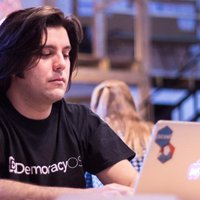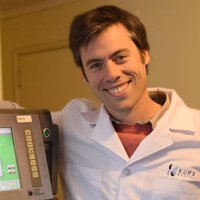Software
Luis Pacheco
Demonstrating the potential of 3D printing with his software which teaches users to design their own models

Latin America
Guido Vilariño
Bringing politics into the XXI century with his citizen participation platform

Latin America
Jorge Bado
His web platform provides medical insurance policy holders with quick and easy access to information on their coverage, medical centers and specialists

Europe
Jill Vanparys
Her interactive, scientifically oriented videogame aims to address the lack of interest in scientific vocations

Latin America
Manuel Rozas
Revolutionizing drug and toxicology screens thanks to his enzymes, already used by the FBI
